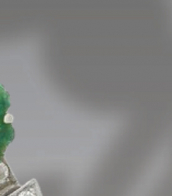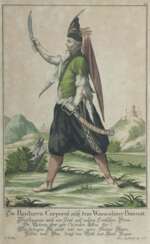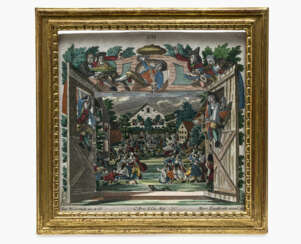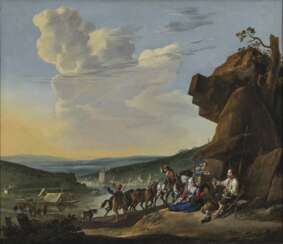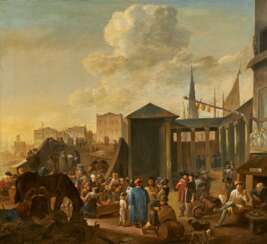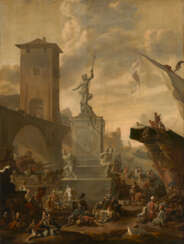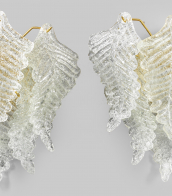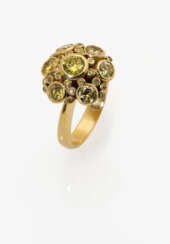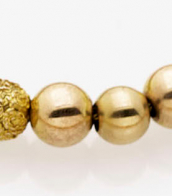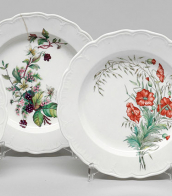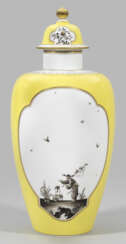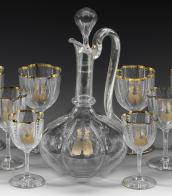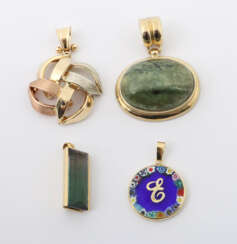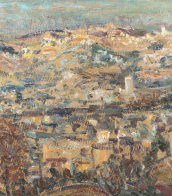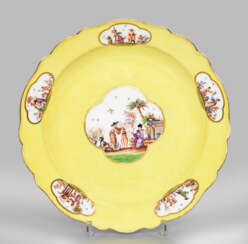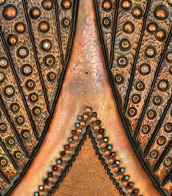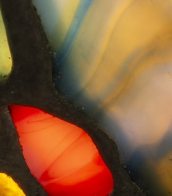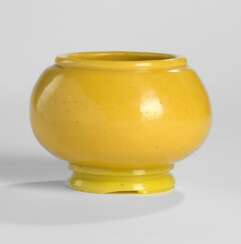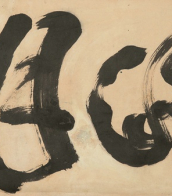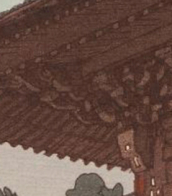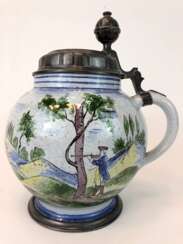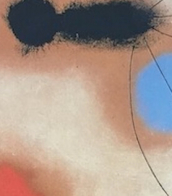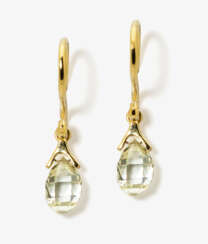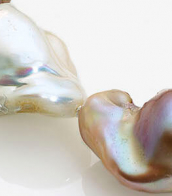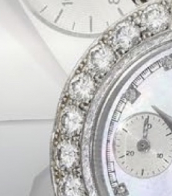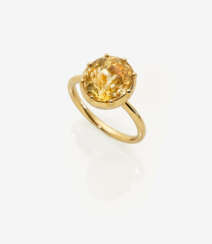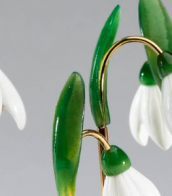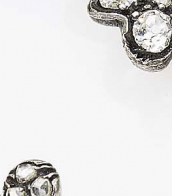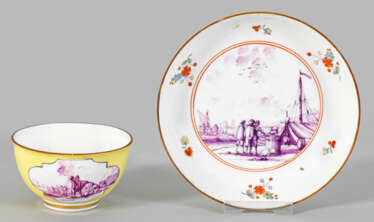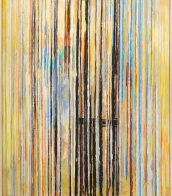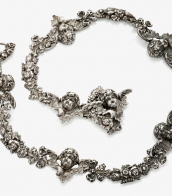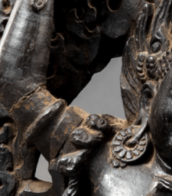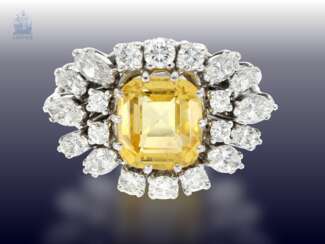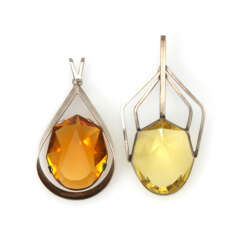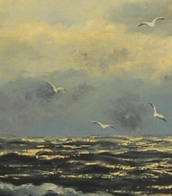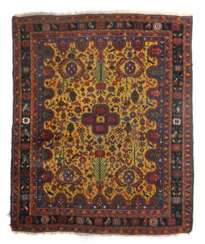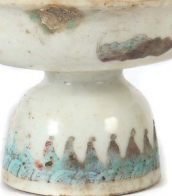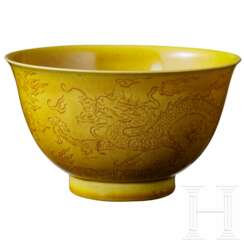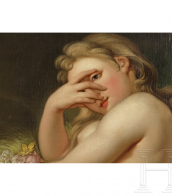gelb
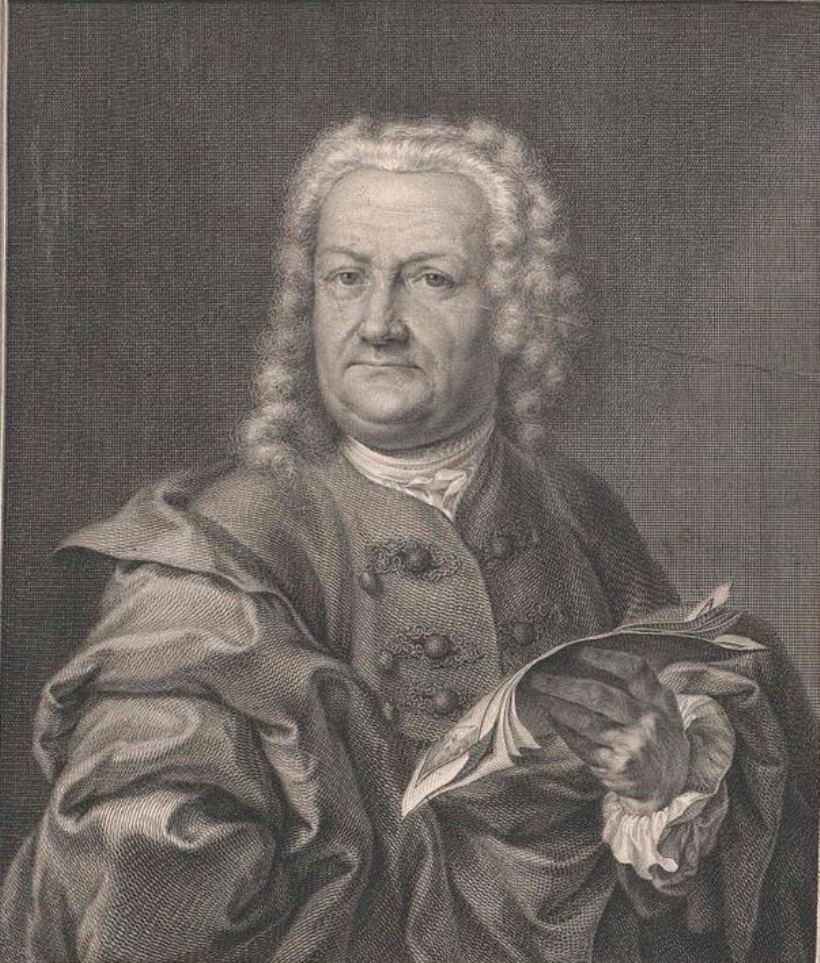
Martin Engelbrecht was a German Baroque painter and engraver, publisher, and inventor of the first miniature dioramas.
Martin and his brother Christian were skilled printers and engravers in Augsburg, Germany in the 18th century. Martin's works include illustrations for Ovid's Metamorphoses, The War of the Spanish Succession, P. Dekker's Les Architectes Princiers, 92 views of Venice, and the Assemblage Nouveau Des Manouvries Habilles, a series of engravings depicting laborers and their clothing, published in Augsburg around 1730.
Also around 1730. Martin Engelbrecht created maps for miniature theaters, which, inserted into a display box, showed religious scenes and pictures of everyday life in three-dimensional perspective. He devoted an entire series to Italian theater. These miniature theaters or Engelbrecht dioramas are considered the earliest paper theaters in history, and they became very popular in the 18th century as a means of home entertainment. Engelbrecht is known to have created at least forty-one sets of miniature theater dioramas.
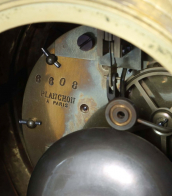

Martin Engelbrecht was a German Baroque painter and engraver, publisher, and inventor of the first miniature dioramas.
Martin and his brother Christian were skilled printers and engravers in Augsburg, Germany in the 18th century. Martin's works include illustrations for Ovid's Metamorphoses, The War of the Spanish Succession, P. Dekker's Les Architectes Princiers, 92 views of Venice, and the Assemblage Nouveau Des Manouvries Habilles, a series of engravings depicting laborers and their clothing, published in Augsburg around 1730.
Also around 1730. Martin Engelbrecht created maps for miniature theaters, which, inserted into a display box, showed religious scenes and pictures of everyday life in three-dimensional perspective. He devoted an entire series to Italian theater. These miniature theaters or Engelbrecht dioramas are considered the earliest paper theaters in history, and they became very popular in the 18th century as a means of home entertainment. Engelbrecht is known to have created at least forty-one sets of miniature theater dioramas.
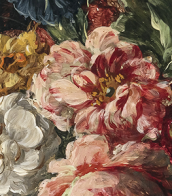
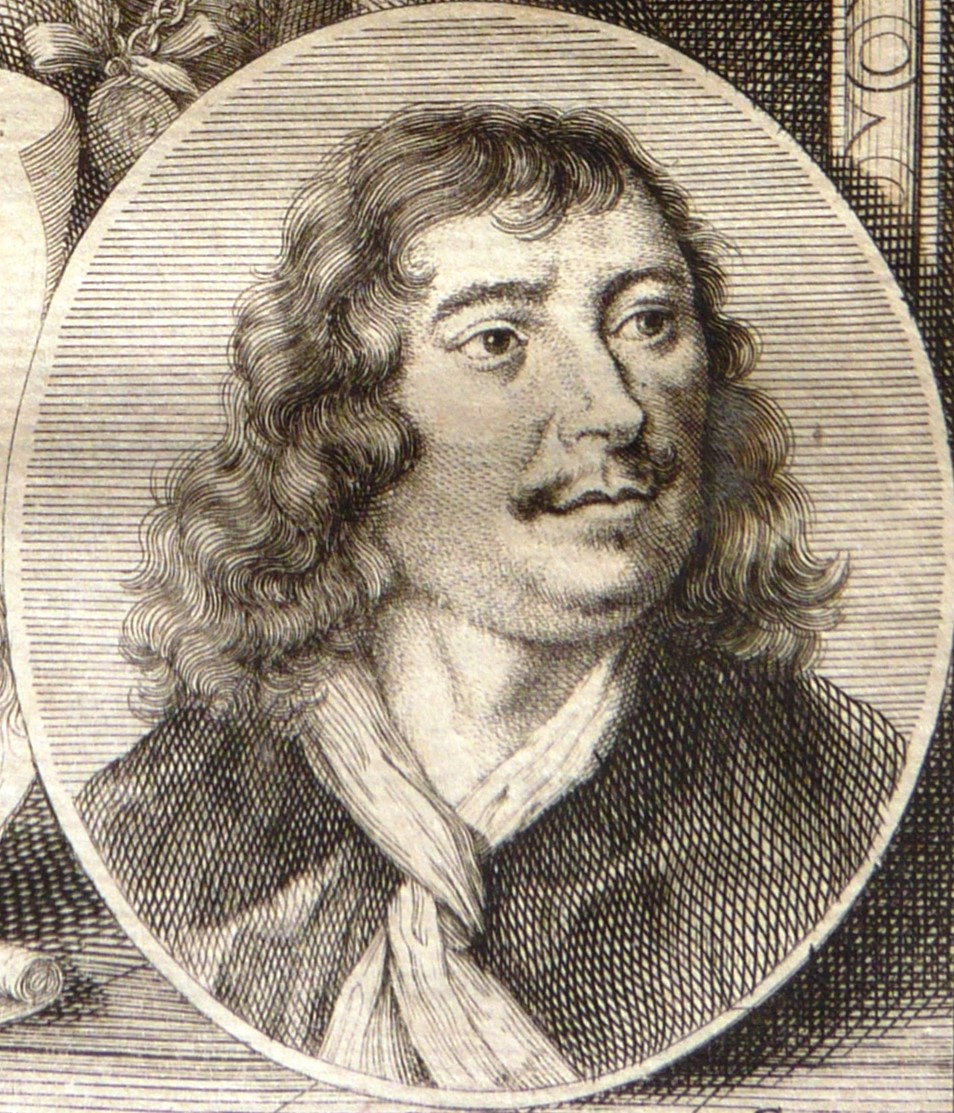
Johann(es) Lingelbach was a Dutch Golden Age artist who worked in the bamboochade genre.
He first studied painting in Holland, from 1642 in Paris and from 1644 in Rome. The influence of Philippe Vovermann is noticeable in Johannes works. He is known for his numerous landscapes and war scenes, in which the influence of Italian painting is perceptible. He worked for other painters as well, painting their canvases with different details, backgrounds and animals.
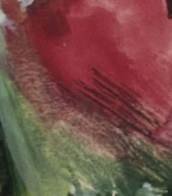
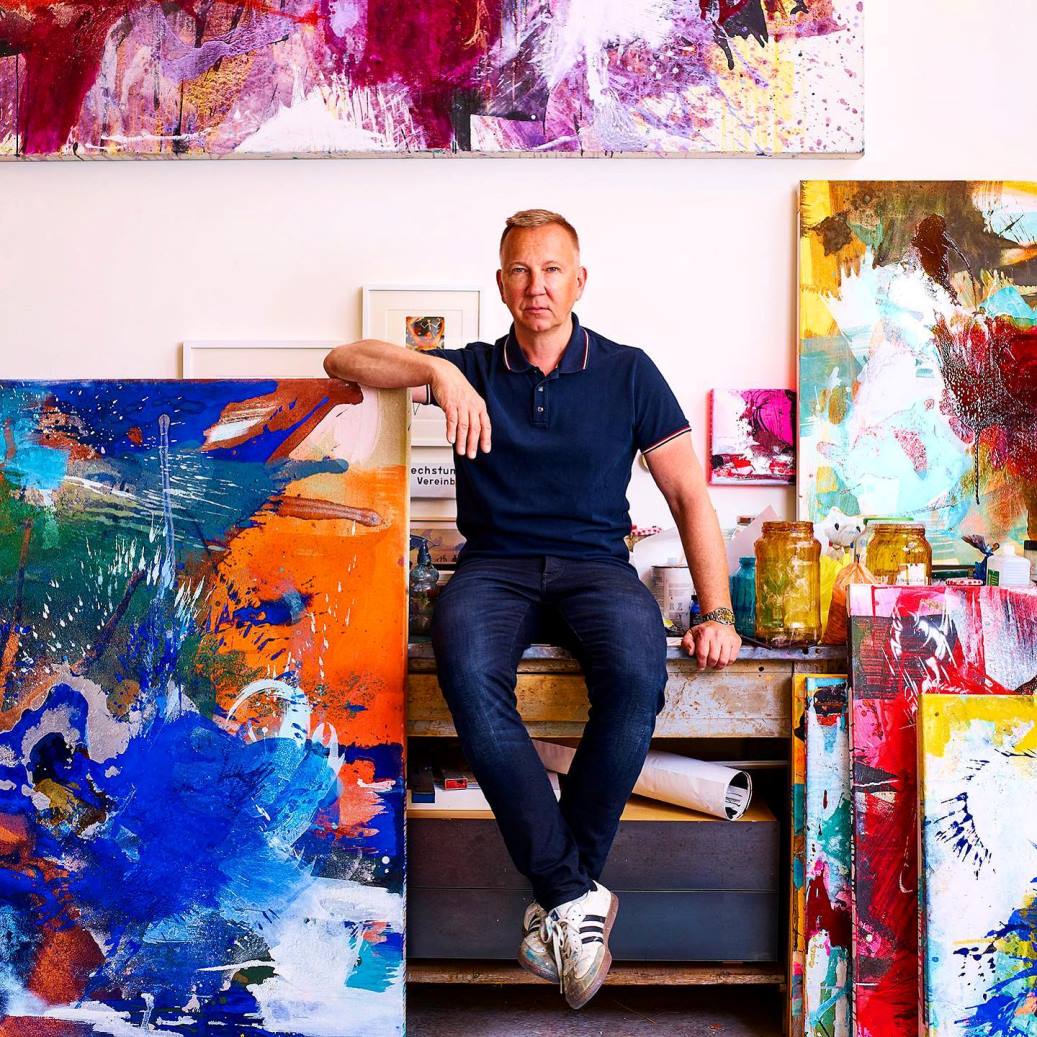
Ralph Gelbert was a German abstractionist painter.
He studied at the Accademia Belle Arti in Florence and became known for his large format vivid paintings. Ralph Gelbert's style of painting is impulsive, a form of art of body movements that do not rely on a pre-designed concept, but follow a physical dynamism and sensual logic. Fantastic spaces emerge in his works, artificial worlds that are neither illustrations of existing places nor subjective inner spaces.
Ralph Helbert knows the language of color like no other. In his abstract and very expressive painting the artist prefers pure and bright colors, he paints in layers, interspersing each with drying, and thus revealing the individual power of each color.


Johann(es) Lingelbach was a Dutch Golden Age artist who worked in the bamboochade genre.
He first studied painting in Holland, from 1642 in Paris and from 1644 in Rome. The influence of Philippe Vovermann is noticeable in Johannes works. He is known for his numerous landscapes and war scenes, in which the influence of Italian painting is perceptible. He worked for other painters as well, painting their canvases with different details, backgrounds and animals.


Ralph Gelbert was a German abstractionist painter.
He studied at the Accademia Belle Arti in Florence and became known for his large format vivid paintings. Ralph Gelbert's style of painting is impulsive, a form of art of body movements that do not rely on a pre-designed concept, but follow a physical dynamism and sensual logic. Fantastic spaces emerge in his works, artificial worlds that are neither illustrations of existing places nor subjective inner spaces.
Ralph Helbert knows the language of color like no other. In his abstract and very expressive painting the artist prefers pure and bright colors, he paints in layers, interspersing each with drying, and thus revealing the individual power of each color.
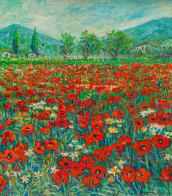

Ralph Gelbert was a German abstractionist painter.
He studied at the Accademia Belle Arti in Florence and became known for his large format vivid paintings. Ralph Gelbert's style of painting is impulsive, a form of art of body movements that do not rely on a pre-designed concept, but follow a physical dynamism and sensual logic. Fantastic spaces emerge in his works, artificial worlds that are neither illustrations of existing places nor subjective inner spaces.
Ralph Helbert knows the language of color like no other. In his abstract and very expressive painting the artist prefers pure and bright colors, he paints in layers, interspersing each with drying, and thus revealing the individual power of each color.


Johann(es) Lingelbach was a Dutch Golden Age artist who worked in the bamboochade genre.
He first studied painting in Holland, from 1642 in Paris and from 1644 in Rome. The influence of Philippe Vovermann is noticeable in Johannes works. He is known for his numerous landscapes and war scenes, in which the influence of Italian painting is perceptible. He worked for other painters as well, painting their canvases with different details, backgrounds and animals.
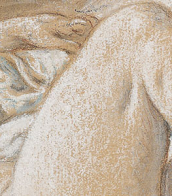

Johann(es) Lingelbach was a Dutch Golden Age artist who worked in the bamboochade genre.
He first studied painting in Holland, from 1642 in Paris and from 1644 in Rome. The influence of Philippe Vovermann is noticeable in Johannes works. He is known for his numerous landscapes and war scenes, in which the influence of Italian painting is perceptible. He worked for other painters as well, painting their canvases with different details, backgrounds and animals.

